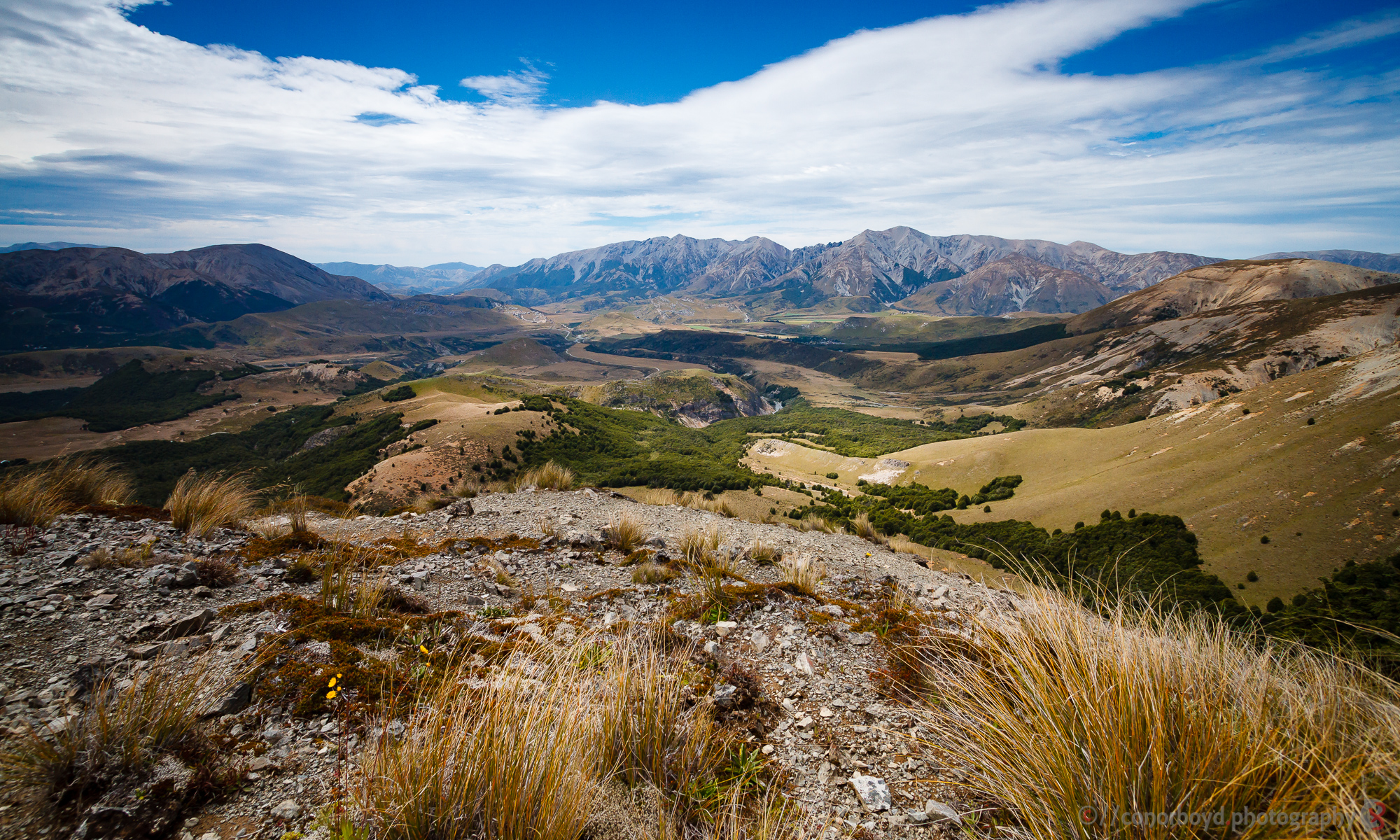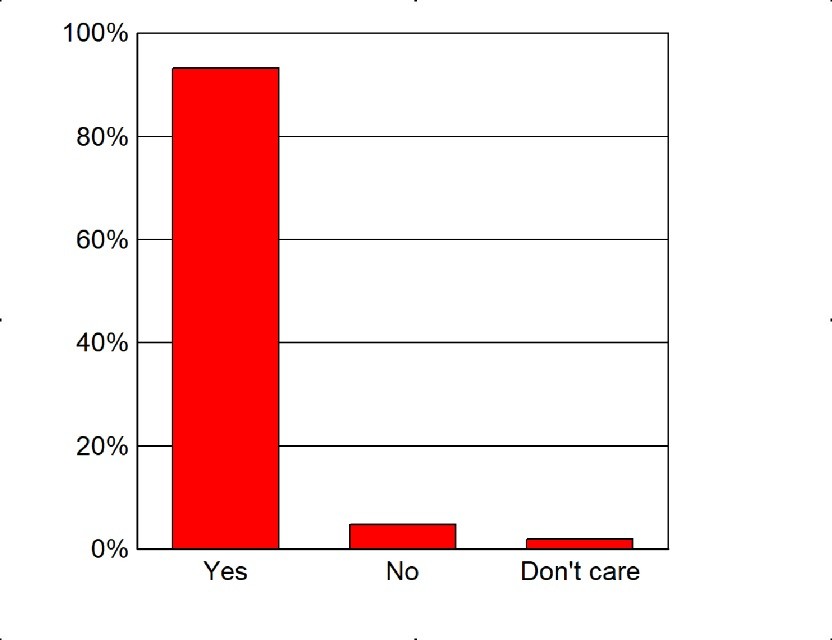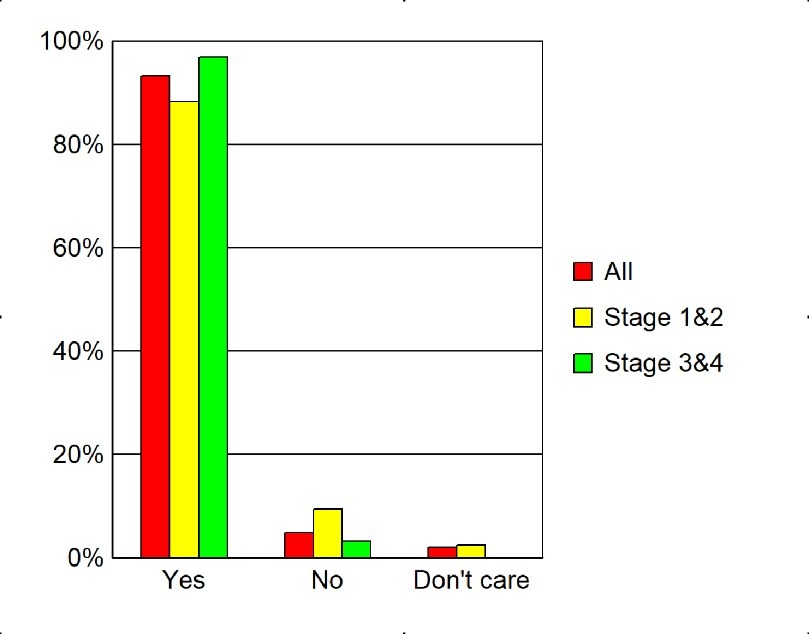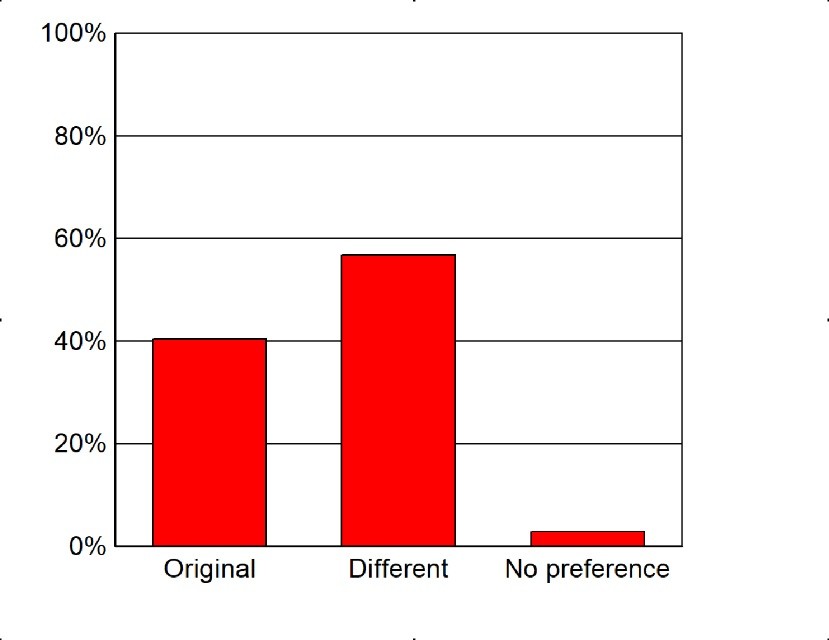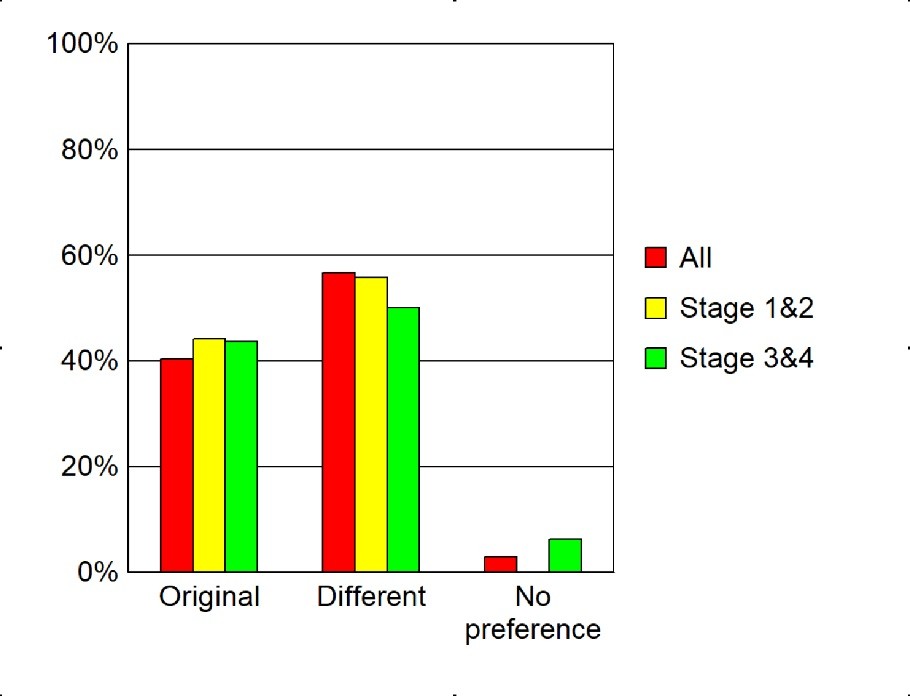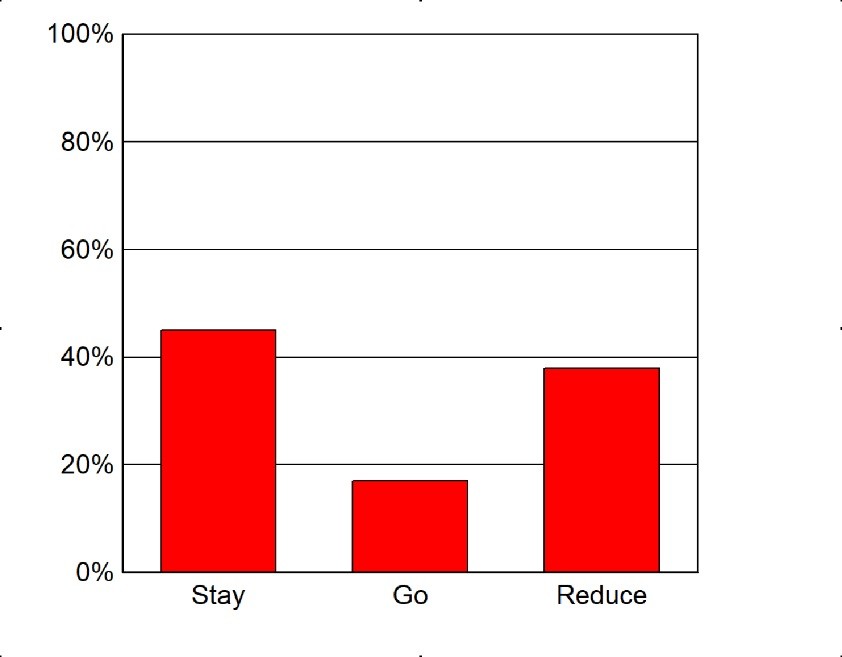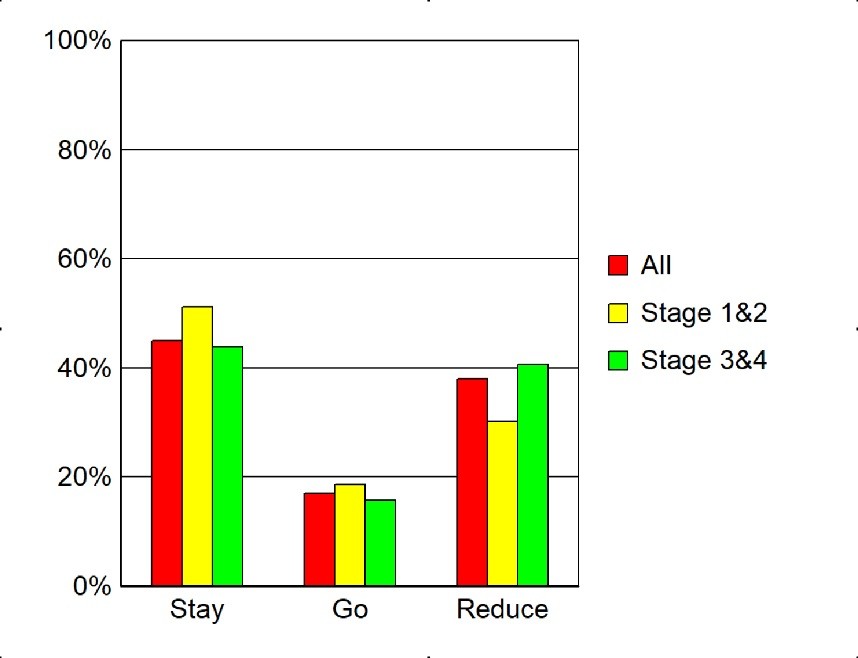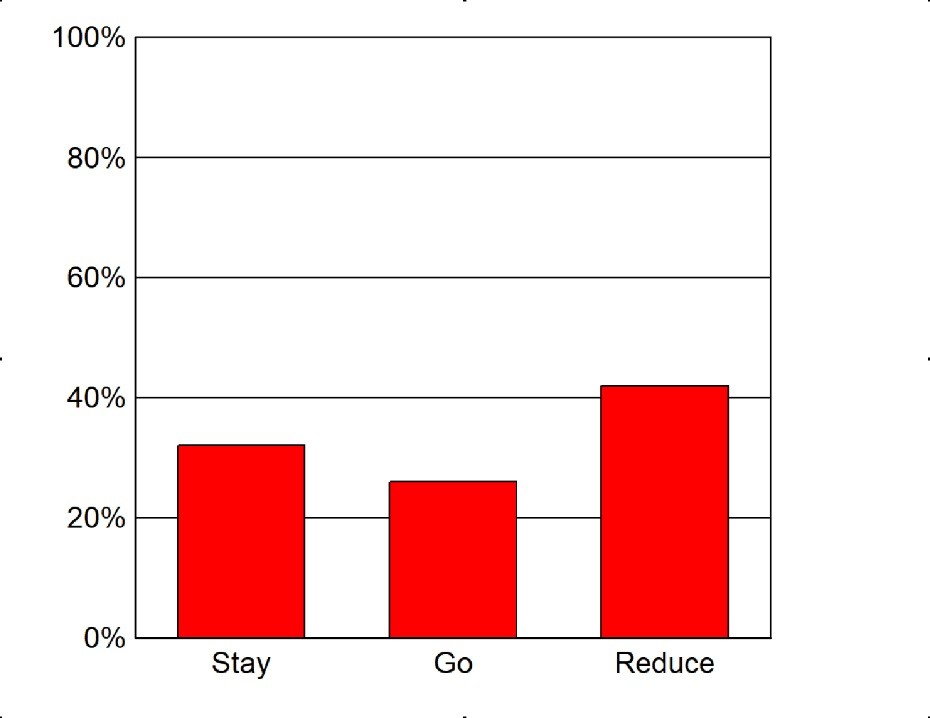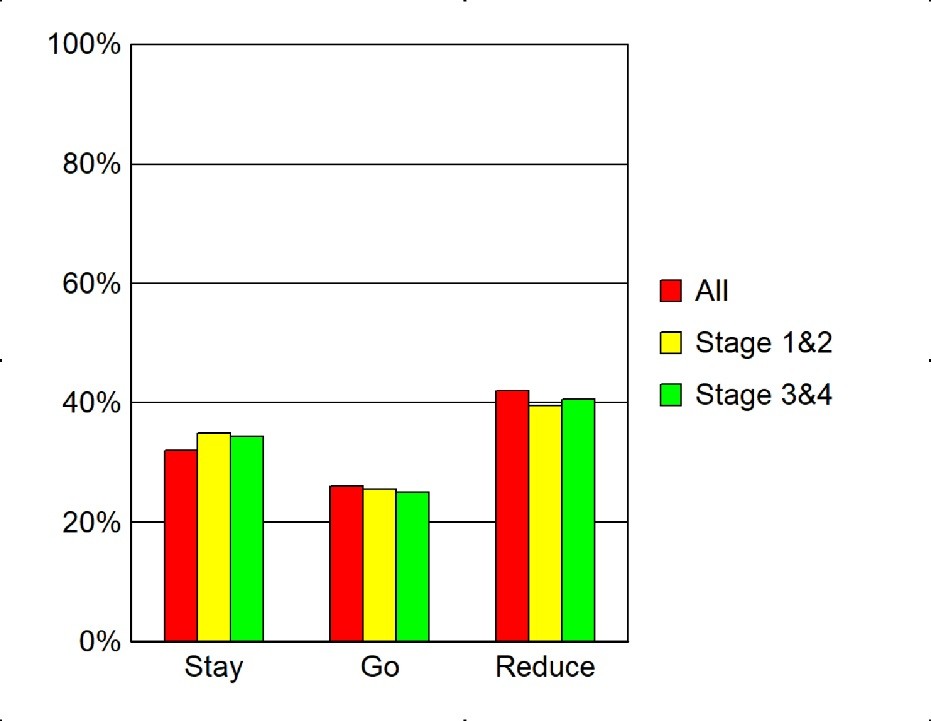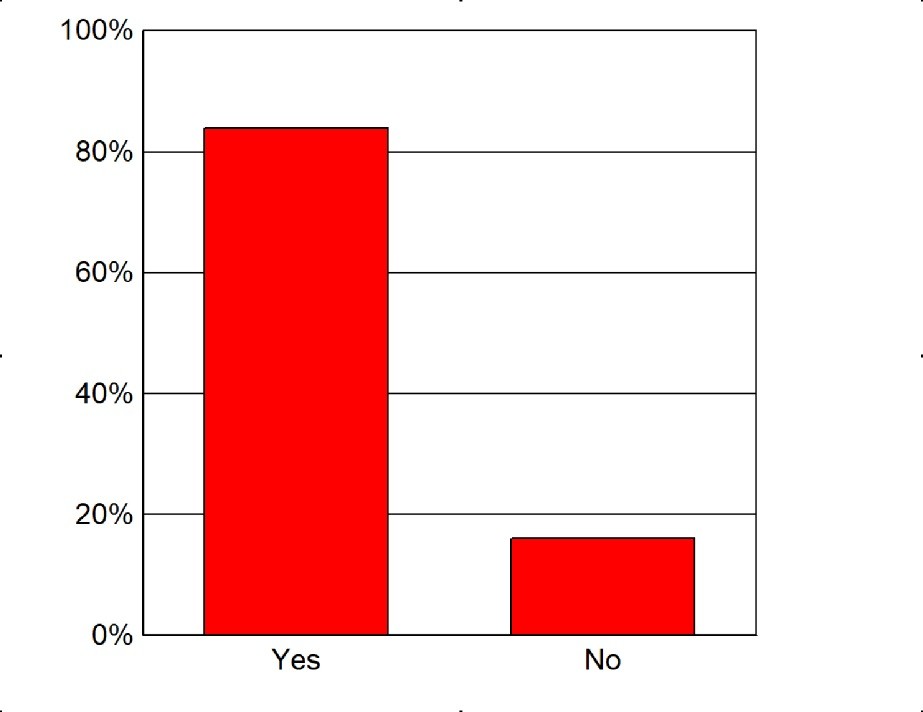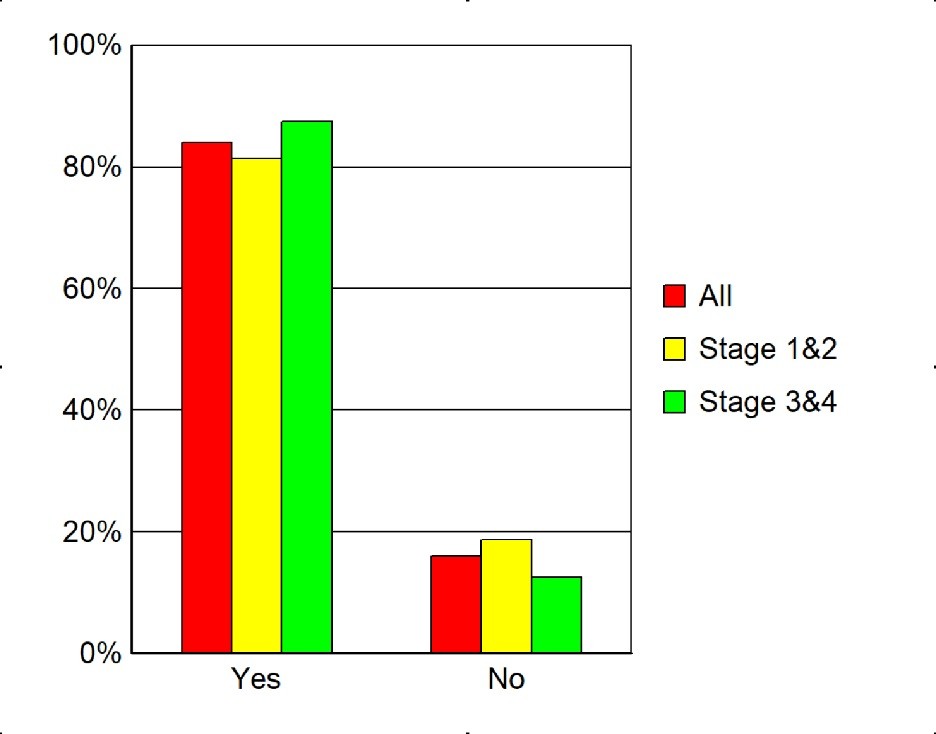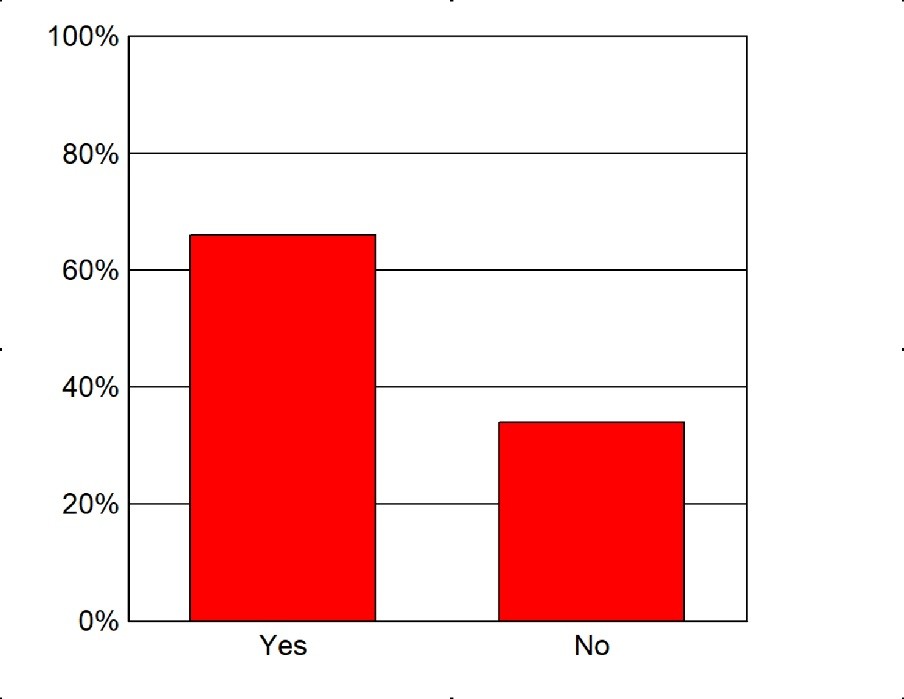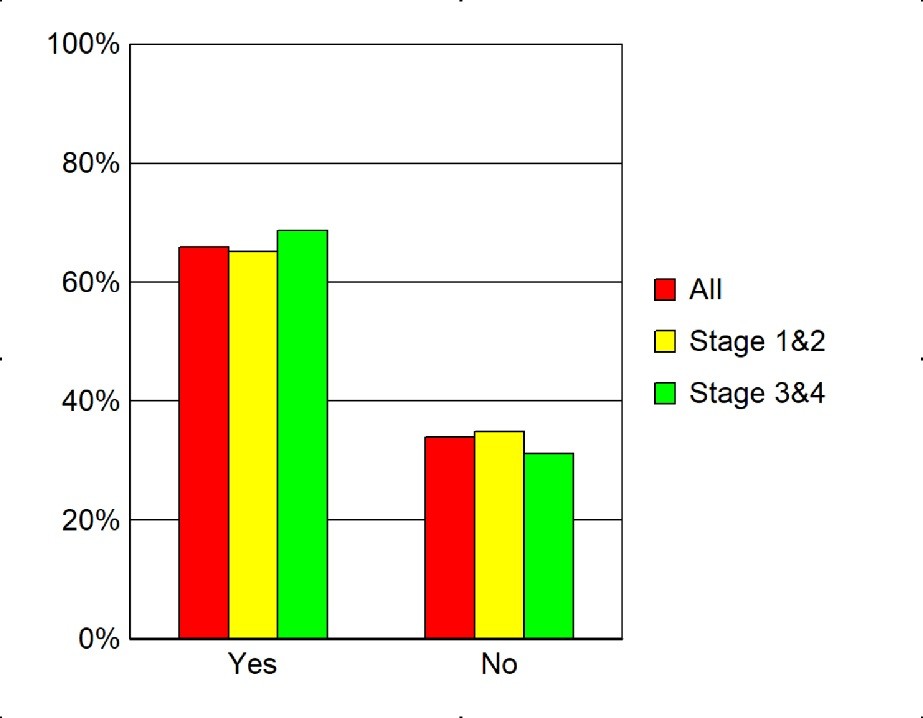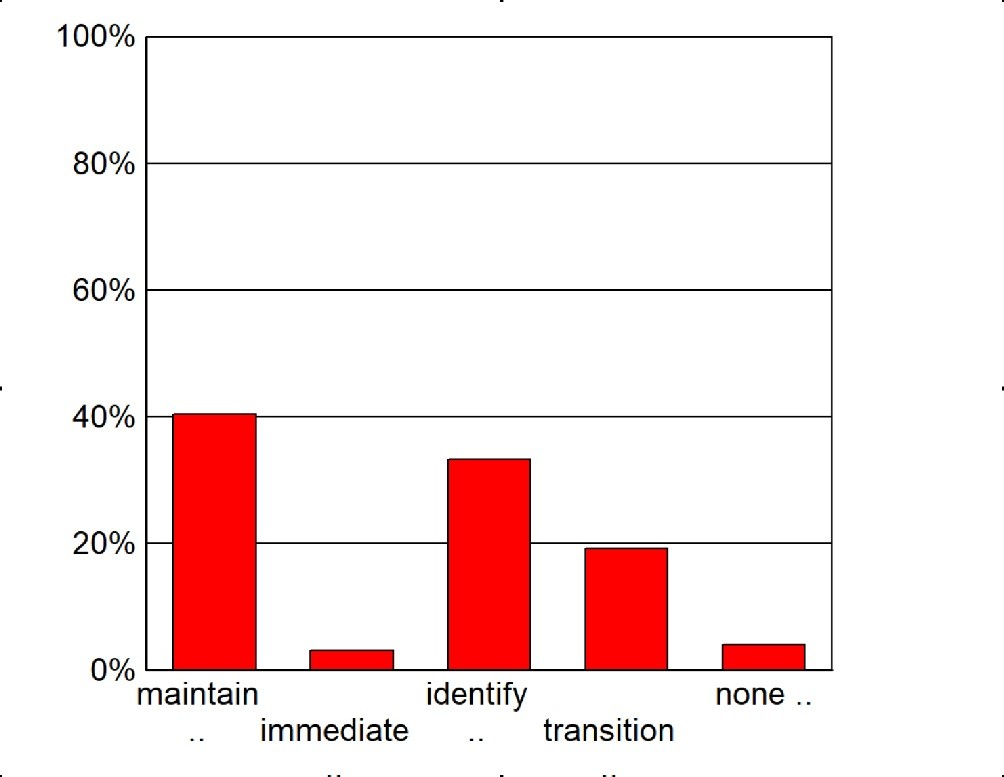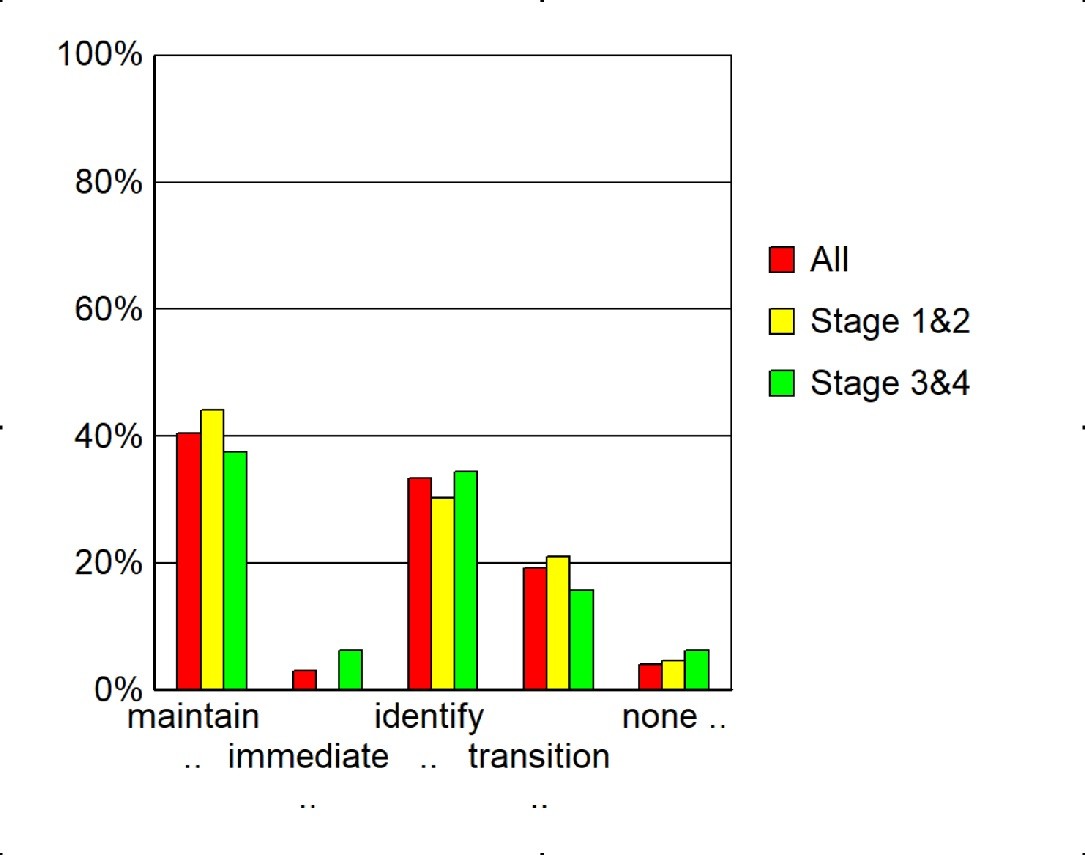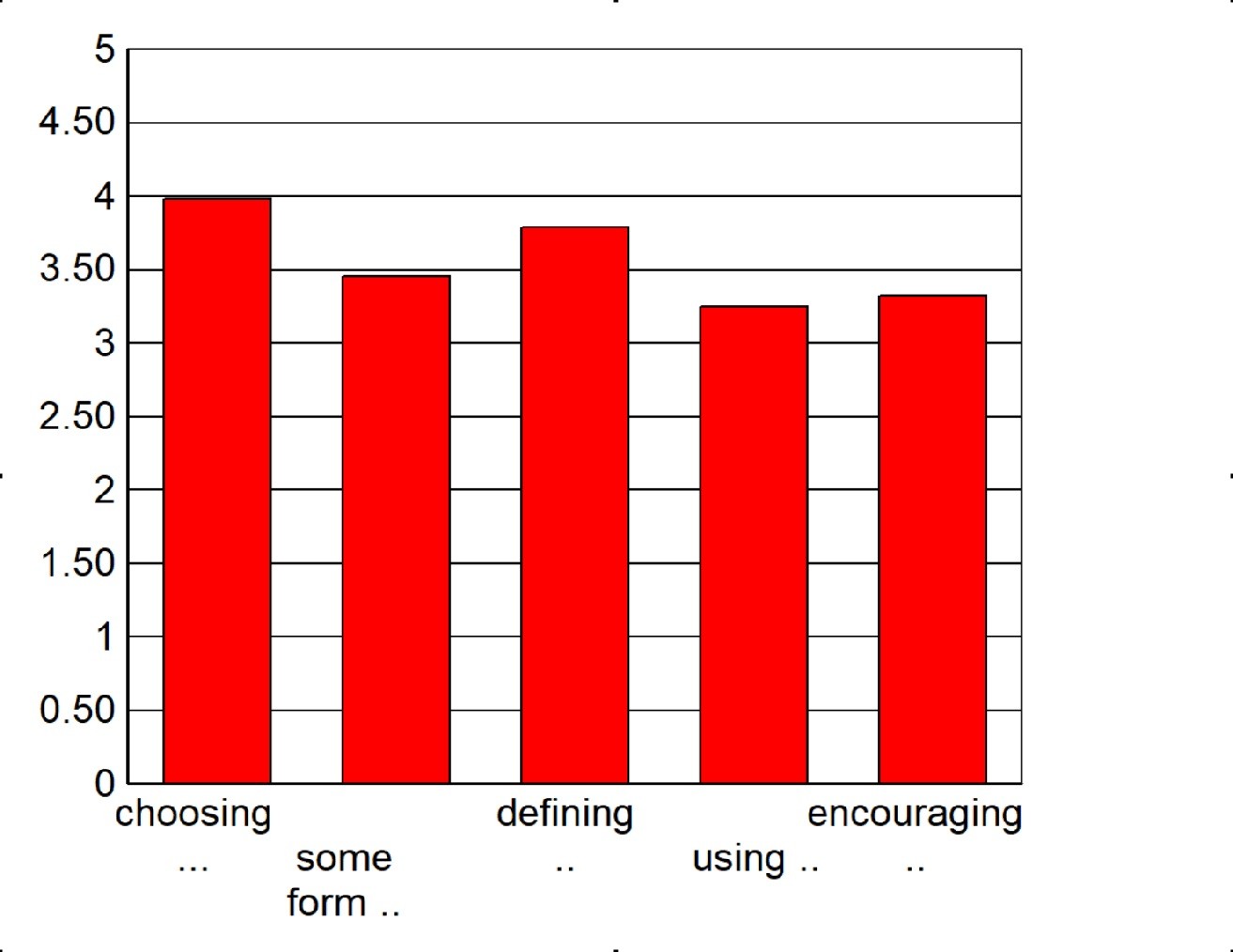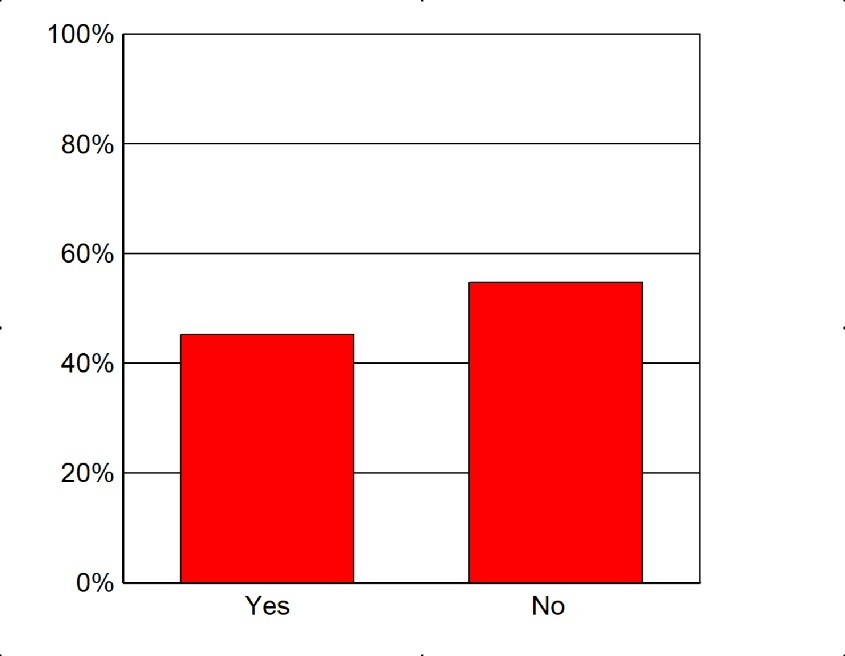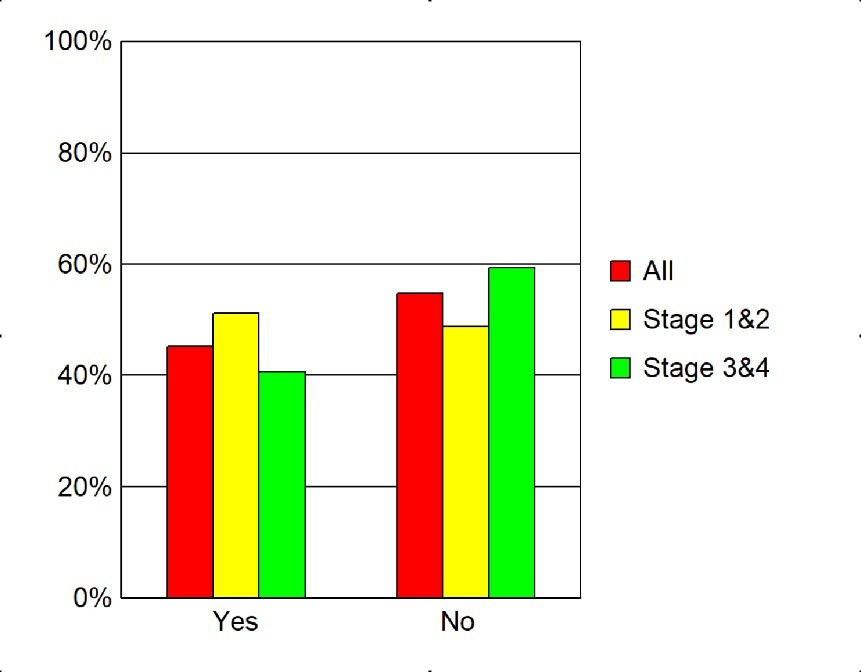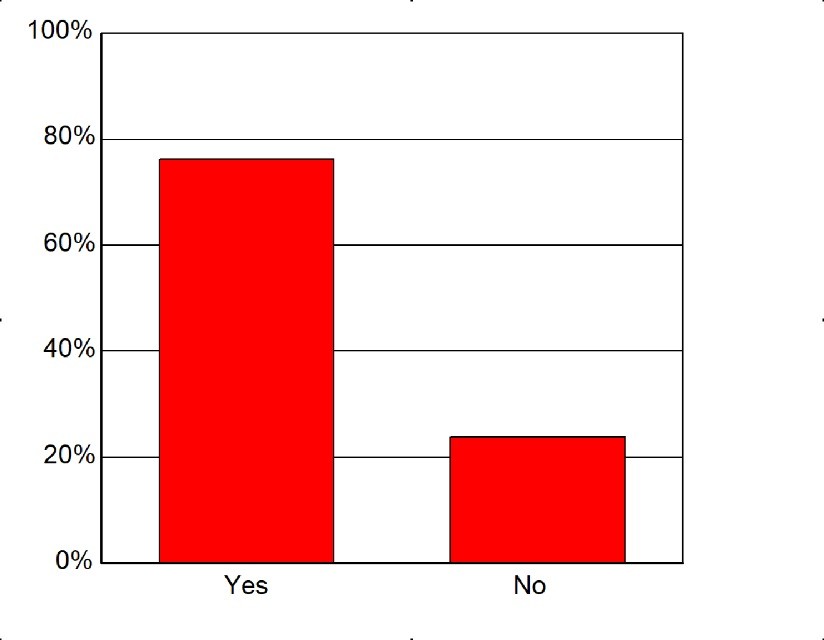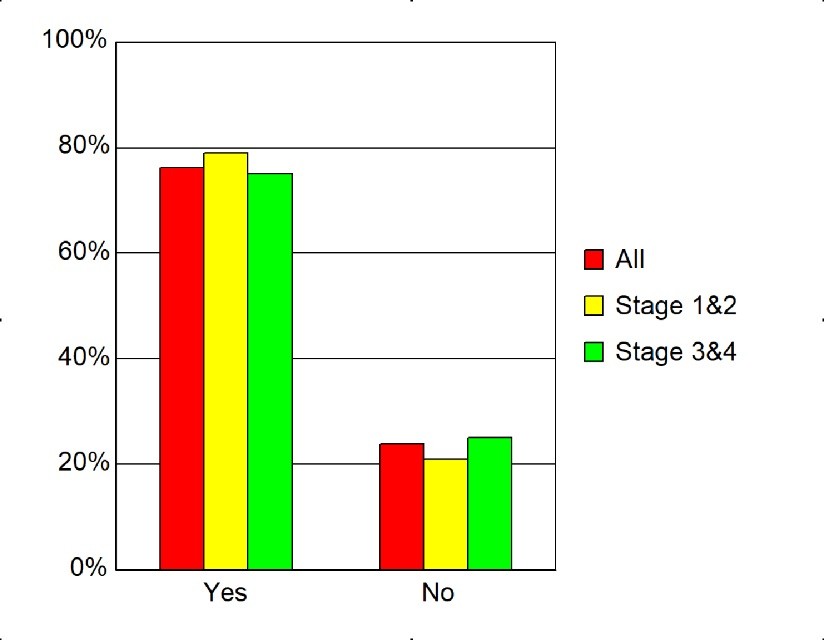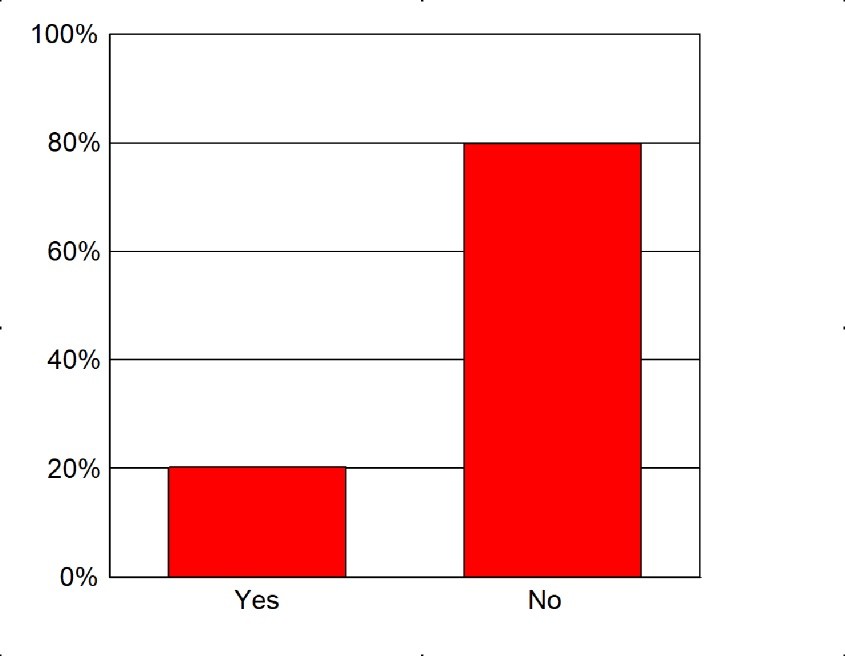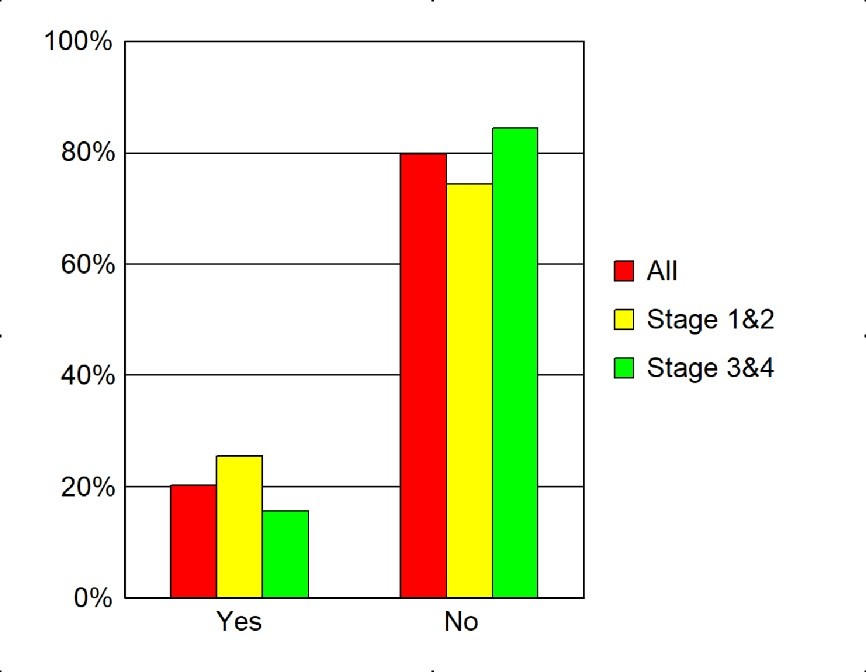Results from Survey Monkey – CHVA survey – 3 March 2018
This survey report follows the sequence of questions contained in the survey.
Results for all responses are presented as well as a breakdown by properties in different stages of the village development.
The response rate declined slightly as respondents proceeded through the questionnaire. Total responses received are noted for each question.
Q1. Should we recommend/insist that SDC maximizes the area of reserve land? [104 responses]
Q2. Please select below which statement expresses your preference? [104 responses]
Options were –
- I prefer the original developer’s vision outlined above (40% of all responses)
- I prefer something different (57% of all responses)
- I don’t have a preference (3% of all responses)
Q3. Would you like to see the larch trees stay or go or reduce in number? [100 responses]
Options were –
- Stay (45% of all responses)
- Go (17% of all responses)
- Reduce in number (38% of all responses)
Q4. Would you like to see the Douglas Fir trees stay or go or reduce in number? [100 responses]
Options were –
- Stay (32% of all responses)
- Go (26% of all responses)
- Reduce in number (42% of all responses)
Q5. Would you like to see a Good Neighbour Rule incorporated into our revised Reserves Management Plan to require effective management of wilding spread associated with the larch and Douglas Fir trees in village reserves? [100 responses]
Q6. If the village chose to retain larch and Douglas Fir trees in the reserves, would you be willing to take part in wilding control activities outside the village boundary so that we comply with the Regional Pest Management Plan? [100 responses]
Q7. Which of the following scenario descriptions would you prefer to apply to the village reserves in the future? [99 responses]
Options were –
- maintain current mix/balance of natives and exotics, i.e.contorta replaced by indigenous plantings and non-seeding exotics, and existing exotics managed for containment of wildings (40% of all responses)
- immediate removal of all exotic trees in the village reserve, and replacement with only indigenous trees and shrubs (3% of all responses)
- identify and retain exotic landmark trees/tree clusters, managed for containment of wildings, with increasing indigenous plantings elsewhere (33% of all responses)
- transition to ‘only indigenous’ vegetation over the next 10 years (19% of all responses)
- none of the above – in which case, please provide a brief description of your preferred option (4% of all responses)
Q8. On a scale of 1-5, where (5) means “extremely important” and (1) means “not at all important”, please rate each of these possible mechanisms for their effectiveness in addressing competing interests associated with some trees in the Village reserves. [96 responses]
Options were –
- choosing the location of landmark trees
- some form of recession plane rule
- defining reasonable access to winter sun
- using deciduous vs evergreen trees
- encouraging ‘adopt a reserve’
[Q9. Asked respondent for address to be able to identify village stage]
Q10. For how many years have you owned the property? [59 responses]
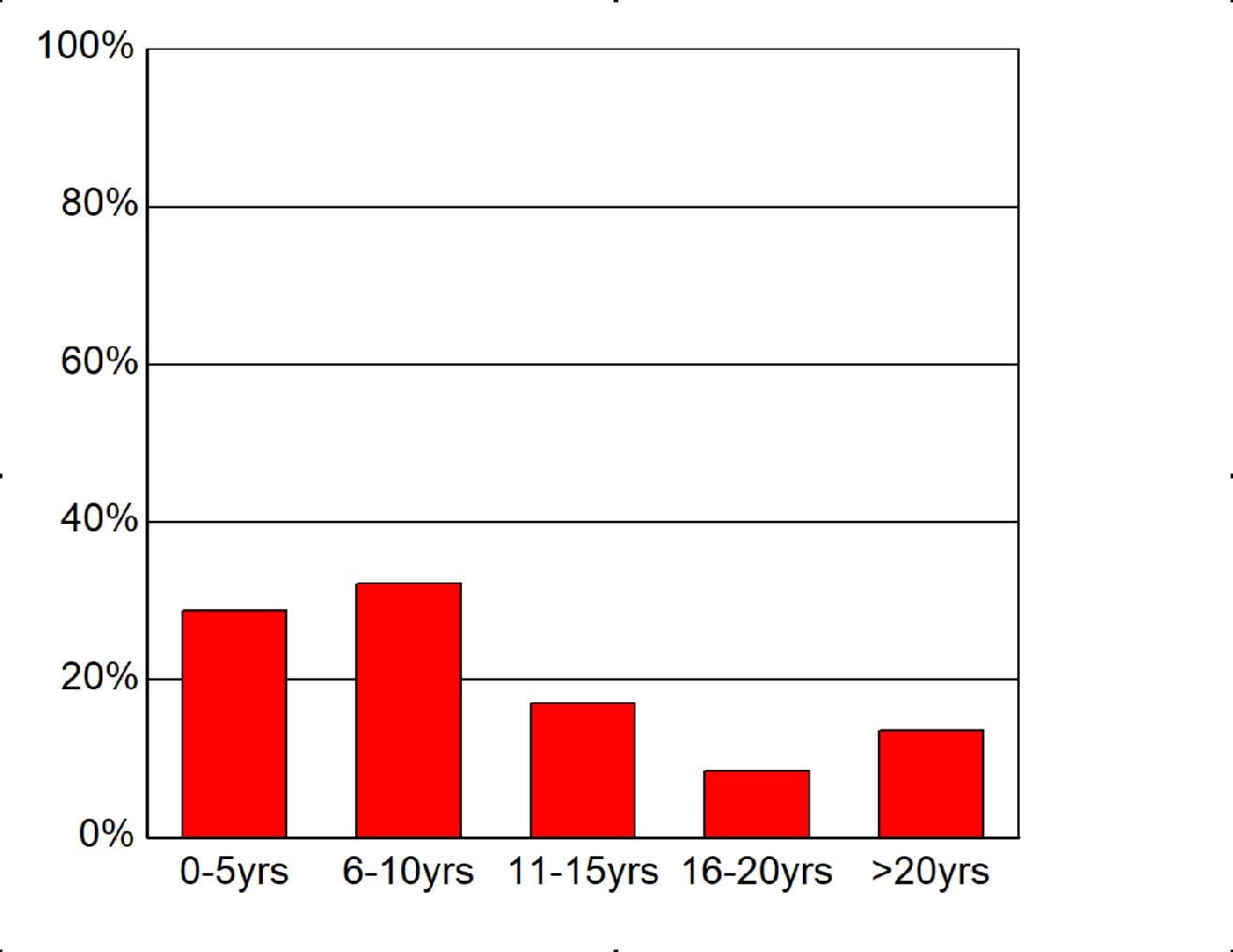
Q11. Have you been involved in tree/shrub planting in the village reserves in the past? (e.g. Labour weekend planting days)? [84 responses]
Q12. Have you contributed effort in the past to the removal of weeds (e.g. broom) and wildings in the village? [84 responses]
Q13. Have you already volunteered to ‘adopt a reserve’? [84 responses]
